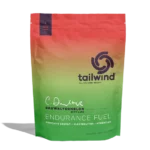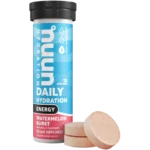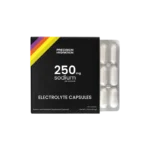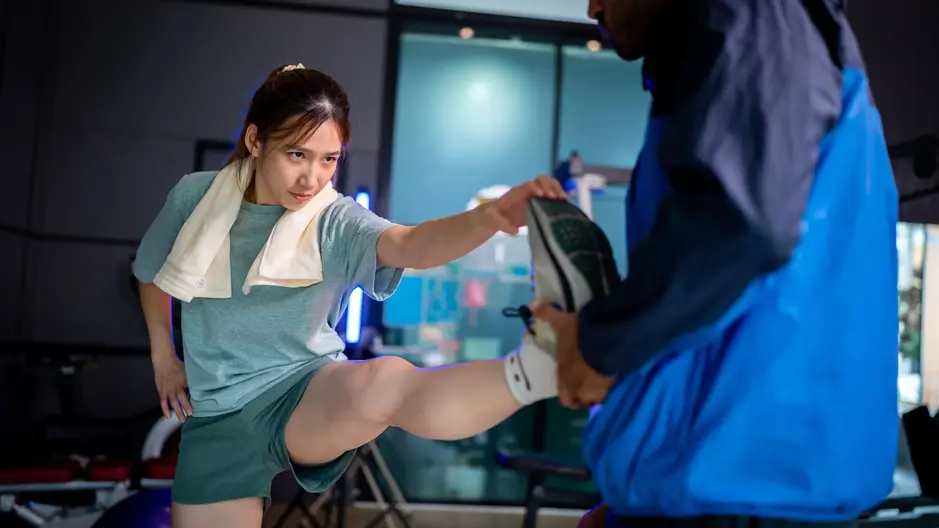As runners gear up for the NYC Marathon, one question looms large: How do you stay properly hydrated in New York’s unpredictable, often humid fall climate? Let’s be honest — you can train every mile in Central Park, but if your marathon hydration strategy fails mid-race, your performance may collapse.
In this post, we’ll combine expert guidance and evidence-based recommendations to help you understand the variables of electrolyte drinks for running, pick solid electrolyte options, and execute a hydration plan that complements your NYC marathon training plan. We’ll also weave in real experiences from past NYC runners so you know you’re not alone in the challenge.
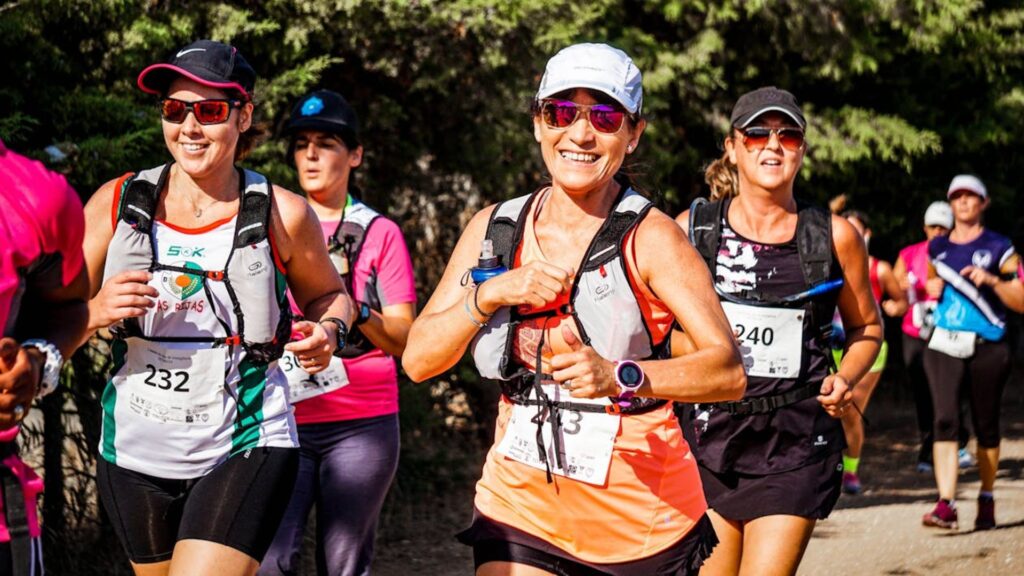
Why is humidity such an issue?
Most runners think about hills, pace, and fueling, but humidity in New York is a tough, underappreciated adversary.
The 2022 NYC Marathon was the warmest on record, with peak temperatures around 75 °F (24 °C). That kind of warmth, late in the season, can amplify dehydration risk. In general, when humidity is high, sweat does not evaporate efficiently. Your body struggles to shed heat, your core temperature rises, and you lose more fluid (and electrolytes) to maintain cooling.
Faster electrolyte loss, increased cardiovascular load, and tricky race pacing. This is why a smart marathon hydration plan is absolutely critical for success in NYC and why you need to know more about the best electrolytes for running long distances.
Why electrolytes are non-negotiable for marathoners
When you sweat, you lose sodium, potassium, magnesium, and calcium; in short, electrolytes. These facilitate:
- Nerve and muscle function (including maintaining contractions).
- Fluid balance (keeping water in the right compartments of the body).
- Prevention of cramping, fatigue, and dangerous conditions like hyponatremia (low blood sodium).
In endurance settings, many coaches and sports-nutritionists emphasize planned electrolyte intake rather than “drink only when thirsty,” especially when conditions are warm or humid. As an example, elite runners in hot events often adopt scheduled drinking/hydration strategies.
Your goal should be to match your sweat and sodium losses as closely as possible, while avoiding overhydration.
How to build your marathon hydration plan, using tried and tested practices
Below is a step-by-step framework grounded in solid principles (and some published standards) for you to adapt into your NYC marathon training plan.
1. Determine your sweat rate & sodium loss
- In a training run (ideally a long run in warm conditions), weigh yourself in minimal clothing before and after. The difference (minus fluid consumed) gives your sweat volume.
- If possible, get a sweat sodium test (e.g., via services offered by hydration companies). That tells you how many milligrams of sodium you lose per liter of sweat. Many runners lose between ~500 and 1,500 mg, depending on genetics, heat acclimation, and diet.
- Many runners and coaches use a guideline of 300–600 mg of sodium per hour as a starting zone, adjusting up or down based on your test.
2. Choose an electrolyte strategy
Select one or two trusted electrolyte options to test during training. Some of the best electrolytes for running, based on reviews and usage, include:
Tailwind Endurance Fuel — known for combining hydration + calories + electrolytes, often used in longer efforts.
Nuun tablets or similar lower-sodium options — more suitable for lighter runs or to alternate with more concentrated mixes.
When you test, monitor these parameters:
- Does your stomach tolerate it (no nausea, cramping)?
- Is flavor palatable (so you want to drink it)?
- Does it sustain energy, especially past mile 15–20?
- Do you feel stable (no big swings in perceived effort) in humid or warmer runs?
3. Phase your electrolyte intake across the run
Here’s a sample structure, which you can adapt (based on your personal data) into segments of your long runs and ultimately your marathon:
| Segment | Strategy | Key Focus |
| Miles 0–6 | Gentle start | Use a moderate‐sodium drink, sip regularly rather than gulping, and warm up your hydration system |
| Miles 6–15 | Peak effort/sweat | Transition to your full electrolyte strength formula, ensuring sodium intake matches or edges above your loss estimate |
| Miles 15–22 | Maintain | Keep regular sipping; avoid wide gaps. If conditions worsen (humidity spikes), you may need more sodium |
| Miles 22–26.2 | Defense mode | Use smaller sips, easier-to-digest electrolytes. At this point, preserving balance and avoiding GI upset is critical |
| Post-run | Recovery | Use a recovery drink with electrolytes + carbs to replenish what’s lost and speed recovery |
Always include water intake as part of the mix, and remember, electrolytes don’t replace water entirely, but they help retain and balance fluids.
4. Adjust for NYC’s humidity & race-day conditions
- On especially humid or unexpectedly warm days, lean toward higher-sodium solutions or slightly increase frequency of sips.
- Use weather forecasts leading up to race day and practice long runs in humid or warm conditions when possible.
- Factor in unexpected delays or slower pace: if your marathon stretches longer, your hydration strategy must still hold.
- In NYC, there will be frequent water/electrolyte stations along the course; however, grabbing tiny paper cups or dealing with crowding can complicate perfect execution. Plan for contingencies (carry bottles or mixes in pockets).
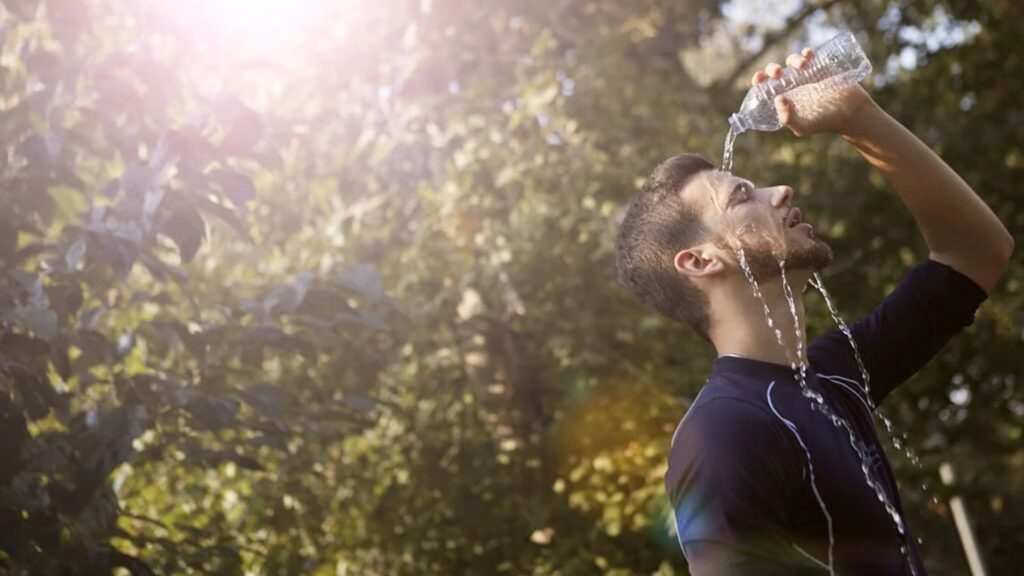
Motivation & consistency: why hydration wins races within races
Hydration often “feels invisible” when it’s working right, but when it fails, you know. Cramping, bonking, sluggish legs, mental fog — these all stem rapidly from poor fluid/electrolyte balance.
Here are mindset tips to keep you consistent:
- Treat hydration like another training discipline — integrate it, don’t postpone it.
- Use your long runs as “dress rehearsals” — simulate race conditions, use the same bottle system, and practice sipping rhythms.
- Accept that humidity and race-day anomalies will challenge you — but a well-honed hydration plan gives you resilience.
- Whenever you feel a dip, check your strategy first (fluids, electrolytes) before second-guessing your fitness.
Also, don’t forget to anchor your strategy in rest, sleep, nutrition, and pacing. Hydration is a powerful support, not a silver bullet.
Fine-tuning hydration for race week
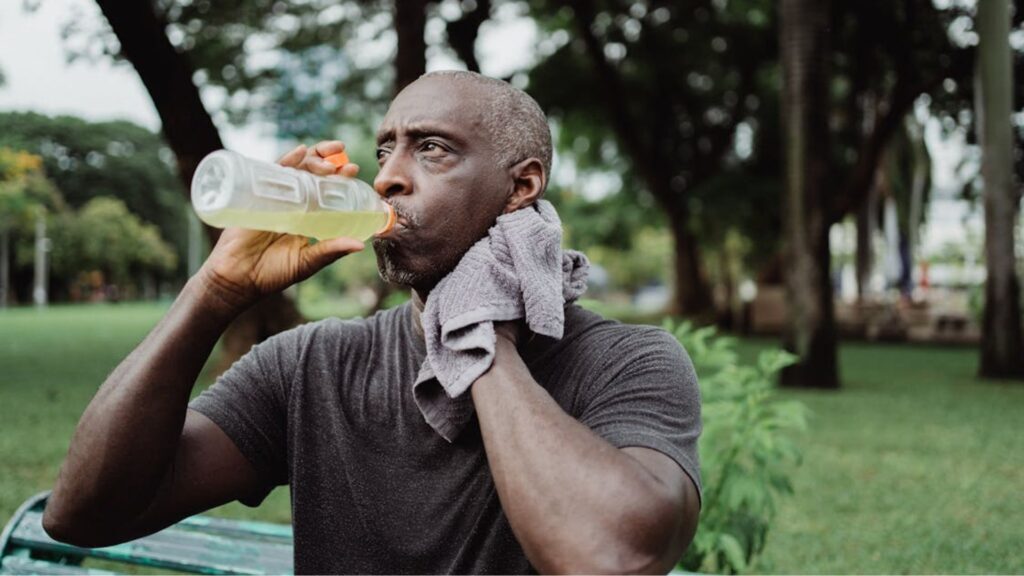
The week before the marathon is not the time to overhaul your plan; it’s time to fine-tune and lock it in. Hydration begins days, not hours, before the starting gun. So remember:
1. Preload with purpose
Sports scientists often recommend “electrolyte preloading” — drinking a higher-sodium beverage (around 1,000–1,500 mg sodium) the evening before and again a few hours before the race. Studies show this can help the body retain more fluid and maintain plasma volume, reducing the risk of early dehydration.
For NYC runners, this approach can be especially valuable. Even in early November, the average humidity ranges from 60% to 75%, and warm spells are not uncommon. Preloading ensures you start hydrated, not chasing hydration once you’re already behind.
2. Build environmental awareness
Humidity doesn’t just affect your sweat rate; it changes how you feel during the run. The higher the dew point, the harder your body works to cool itself. For example, at a dew point above 65 °F, performance can drop as perceived exertion rises sharply. That means you might feel like you’re working at marathon pace but are actually in half-marathon effort territory.
Understanding this can help you pace smarter and avoid the trap of going out too fast in the first 10K through Brooklyn. Combine hydration planning with effort-based pacing: let your heart rate and perceived exertion guide you, not just your watch.
3. Learn from NYC Marathon finishers
Marathon success in New York City isn’t just about the miles. The best electrolyte drinks for running can keep you balanced when the humidity climbs and your energy dips.
Whether you choose Skratch, Tailwind, or a customized sodium mix, the real victory comes from preparation: understanding your body, respecting the environment, and practicing your plan.
If you’re still refining your NYC marathon training plan, remember that hydration deserves as much attention as speedwork and long runs. The city’s weather might be unpredictable, but your strategy doesn’t have to be.
How Prestige Health and Wellness supports your hydration journey
One of our goals is to help athletes like you finish strong in whatever challenge you’re undertaking, and that’s not just on fitness but on smart strategy too, so that you enjoy race day, recover faster, and return stronger. Here’s how we can assist:
- Chiropractic adjustment — personalized chiropractic care plans to help you achieve peak performance and minimize the episodes of pain all along the spine.
- Race-simulation long-run support — set up mock runs under humid or heat-equivalent conditions, monitor hydration response, and fine-tune.
- Ongoing adjustments & accountability — as you adapt through training, we monitor your hydration needs and adjust strategy.



